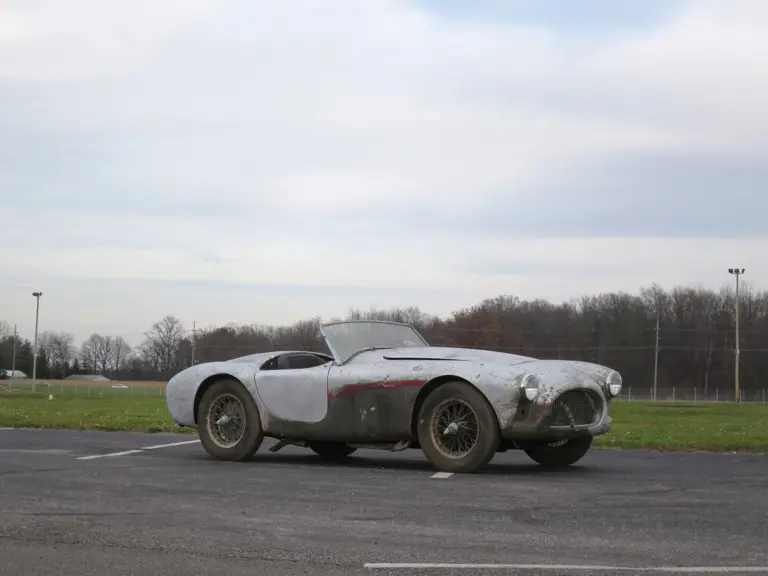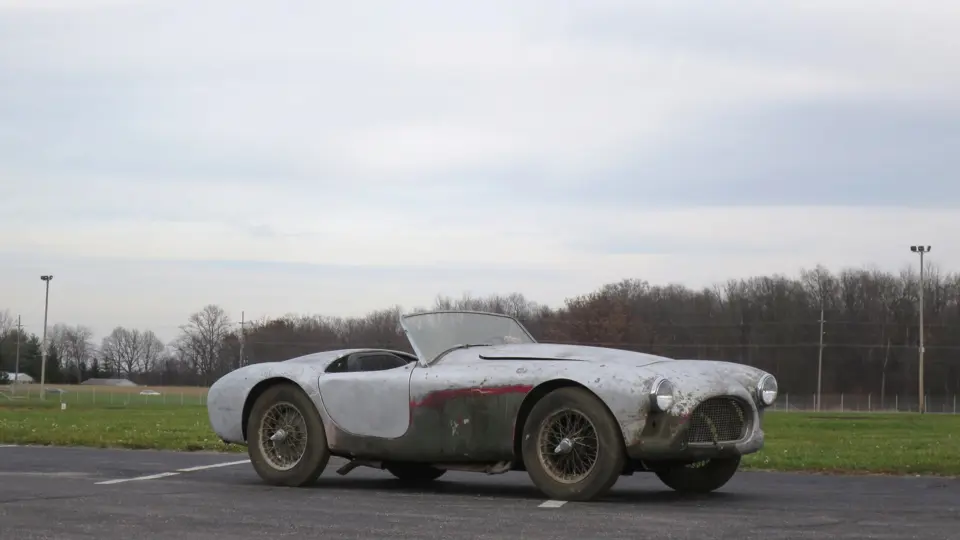Based on a sports racing car designed by John Tojeiro, was introduced at the London Motor Show in October 1953, and it remains the signature product of the AC marque. It was equipped with four-wheel independent suspension and sleek bodywork reminiscent of contemporary Ferrari Barchettas, and it garnered praise from magazine testers, including John Bolster of Autosport, who wrote, “The machine does all the right things all the time.” He continued with “no emergency or advanced driving technique will ever catch it on the wrong foot.”
Road & Track proclaimed in a road test that this model is “The fastest Class E production sports car on the market.” They were pleasantly surprised to discover that the AC Bristol was a true dual-purpose sports car. It has an inherent “he-man” character and dual personality. When you drive one around your local town, the healthy sound of its powerful engine is almost as exciting as the actual acceleration, which they described as “tremendous.” Yet this was marketed as a car that could be driven to the races in comfort, tuned to actually participate in the race in a 15-minute time-frame and always offered an excellent opportunity to bring home the trophy.
In 1956, the highly regarded 1,971-cubic centimeter Bristol six became available, upgrading the standard Ace to Ace-Bristol specification. This state-of-the-art power unit initially produced 103 horsepower, which rose to 125 in its ultimate D2 specification, and it could trace its origins to BMW’s advanced pre-war 328 design, which helped make it successful in racing well into the 1960s.
Bristol-powered Aces were brilliant in competition, winning three successive SCCA E-Production Championships between 1957 and 1959, followed by two D-Production Championships in 1960 and 1961. The Ace-Bristol also scored very well at Le Mans, where it finished 2nd in class in 1957 and 1958 and achieved a sterling class victory and 7th overall in 1959. This performance no doubt left an impression on overall 1959 Le Mans champion Carroll Shelby, who later created his 289 and 427 Shelby Cobra derivatives of the classic Ace.
Recently gathered research shows that this particular AC Bristol Roadster also contributed to the victory ledger. It was raced in period and had on track success; most notably for being driven to victory at the 1960 Watkins Glen Schuyler Carrera race on September 24, 1960. William (Bill) Harwell was the driver of the AC and he averaged 77.1-mph over the 22 lap race distance over the 2.35 mile circuit.
There is no denying that this is an uncommon opportunity to acquire and restore one of these special machines with it's original motor to your exacting and discriminating preferences, and in this course, save a legendary car for the next generation of enthusiasts. With this car's pedigree, it should be an easy decision.
Please click the blue "Condition Report" box above for additional details regarding this specific vehicle.



 | Indiana
| Indiana


